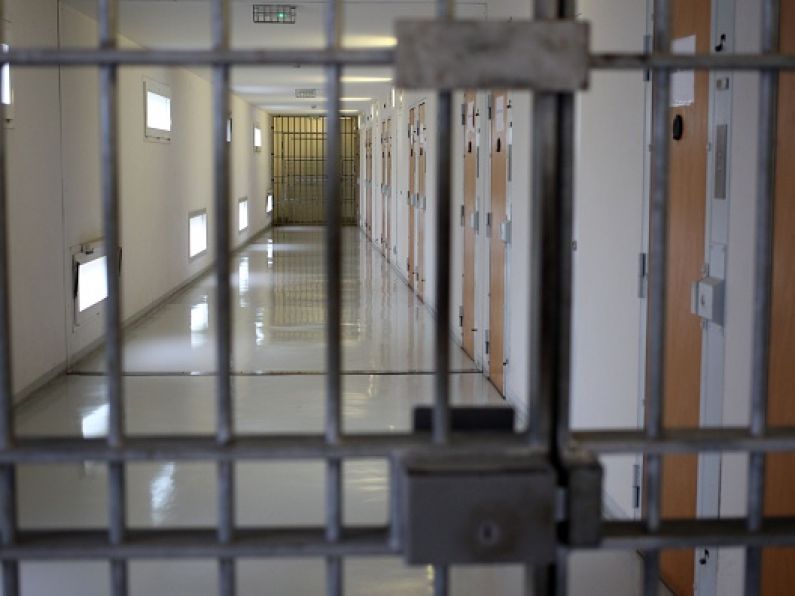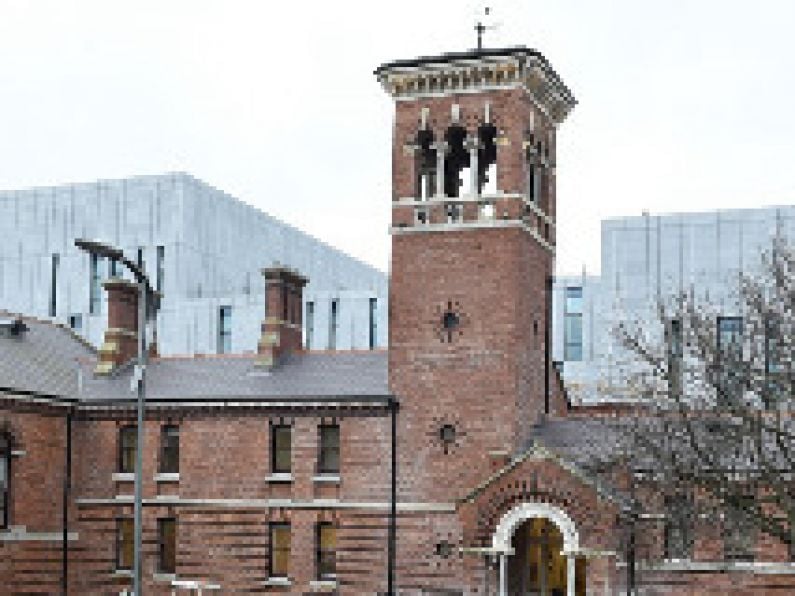Stephanie Bodoni
Luxembourg is so tiny that map-makers have been known to give up and pretend it’s not there. So as the minuscule financial hub continues to draw London firms opening up a post-Brexit presence in the EU, there’s a nagging question: Is there enough office space?
“We asked ourselves in the beginning, right after Brexit, if Luxembourg will have the capacity to respond to the demand,” said Julien Pillot, an estae agent at Inowai. “It was a worry.”
The good news, according to Mr Pillot is that “if you’re looking for 500 square metres, you’ll find it easily.” The bad news, Mr Pillot said, is “there’s clearly a lack of larger office spaces in and around the centre” of Luxembourg City, even if smaller sites are still readily available.
That means firms looking for a bigger footprint may need to look toward the outskirts of the city as well as smaller commuter towns, which often have little more than a petrol station, restaurant or supermarket to offer.
New developments are mostly already reserved before they are finished.
A whole new area is being developed to accommodate 30,000 people just four kilometres south from the centre, in the Luxembourg City district of Cloche d’Or.
It will combine office spaces, residential flats, shops, a large shopping mall, schools and a new train station.
The problem is, that project is only slated to be finished in 2025, six years beyond Prime Minister Theresa May’s target for completing the Brexit process.
The UK’s decision to quit the EU has already convinced more than 30 financial companies — mainly in insurance and asset management — to seek a foothold in Luxembourg. Statistics office Statec says Brexit has so far brought 250 new jobs to the country, with estimates that ultimately 3,000 new positions could be created.
To solve the problem it’s becoming customary for more new office developments to convert ground floors into commercial spaces for shops and eateries. Some companies are creating canteens or even offering electric bikes for hungry staff willing to pedal to the next lunch spot.
The construction of a tram line, a small part of which started working in December, is turning whole sections along its route into attractive new office spots. New public transport is welcome in a country where more than 180,000 commuters travel in and out every day and add to already clogged roads during peak times.
Gilles Bindels, chief executive officer of property investment firm Luxembourg Capital, said he hasn’t had Brexit-related clients who have moved to the capital city’s periphery — where his company is increasing its focus. Brexit hasn’t had a big impact on rents, but the competition for prime spots in the city’s central business district has seen a gradual increase to as much as €50 per square metre a month from about €26 over a 15-year period.
While such high prices have pushed greater numbers outside the centre of town, Mr Bindels said they won’t seem astronomical to Londoners looking to move.
As an example, it costs about €110 per month to rent a square metre in Mayfair, one of London’s hedge-fund hotspots, according to broker Savills. For prime sites in City of London financial district rents are about €78 per sq m; in the docklands area they are about €45
“When you speak about clients from London, you also speak about a market where rents are generally much higher than in Luxembourg, especially in prime locations,” said Mr Bindels. “I think the shock will be more on our side that Londoners may sometimes even be willing to pay more.”
Bloomberg</b






